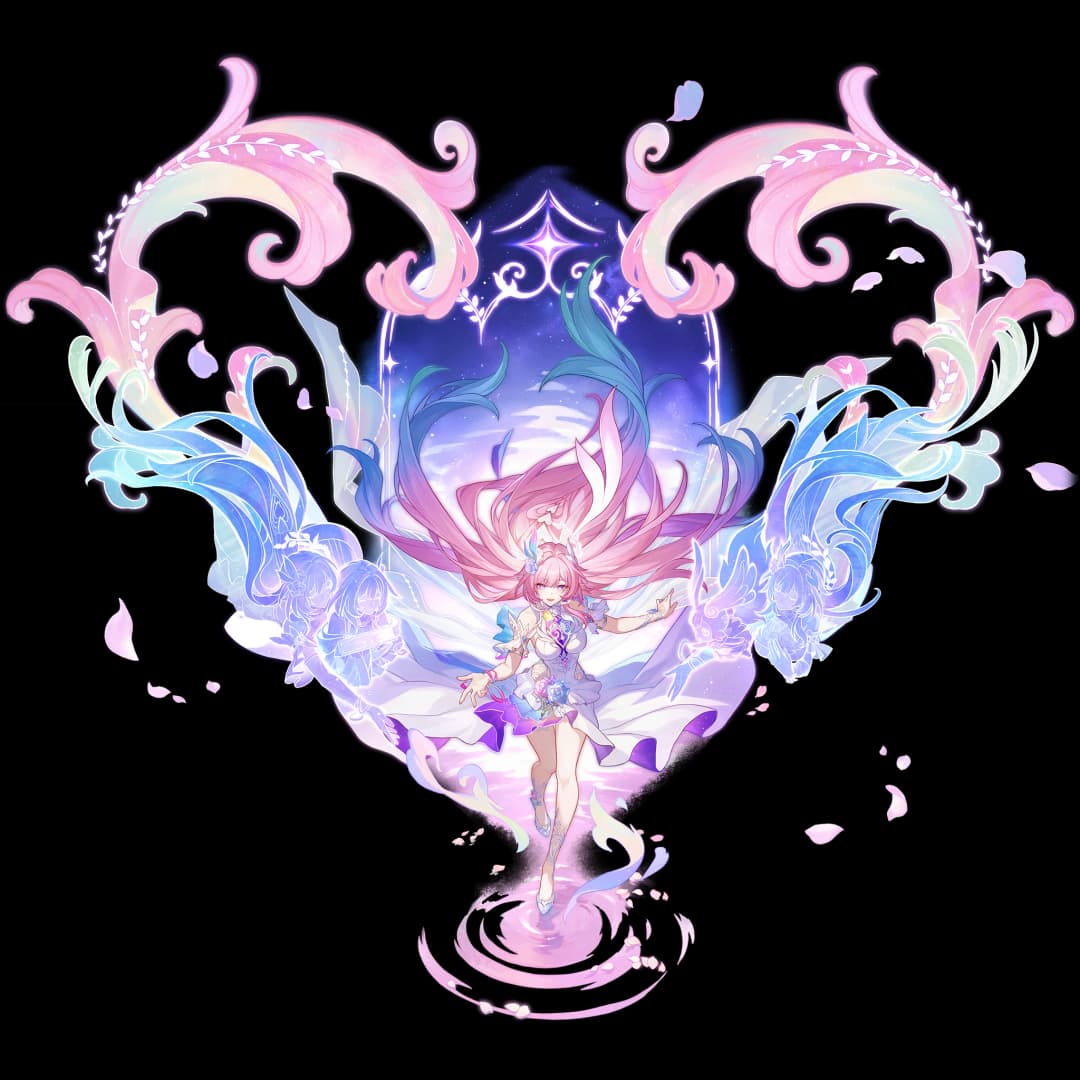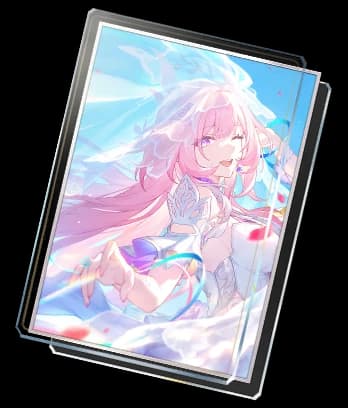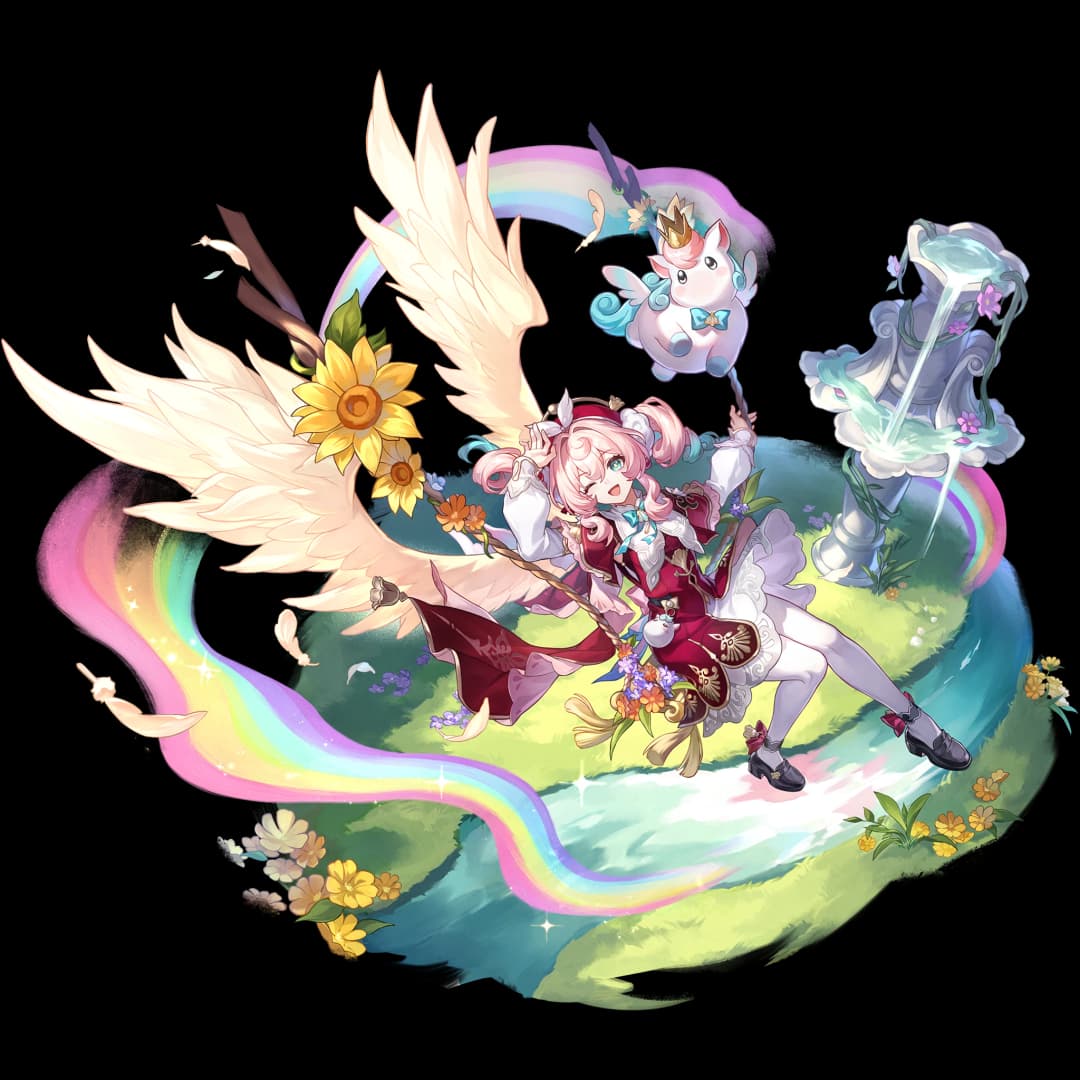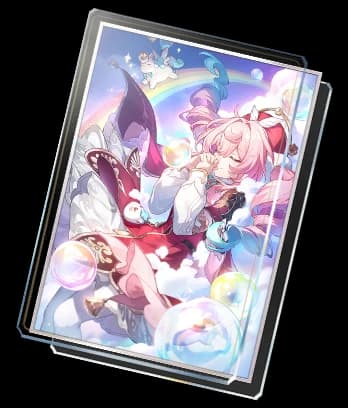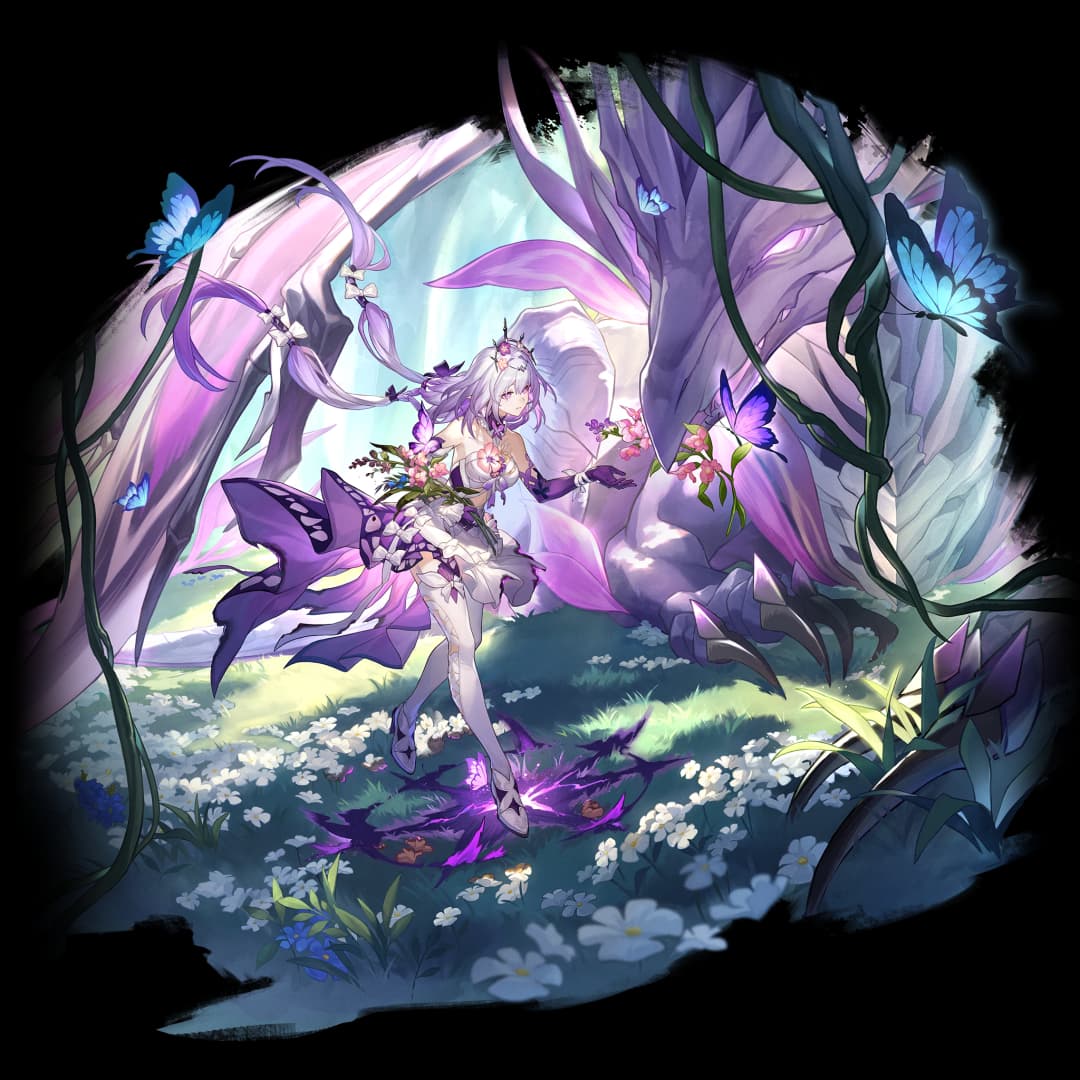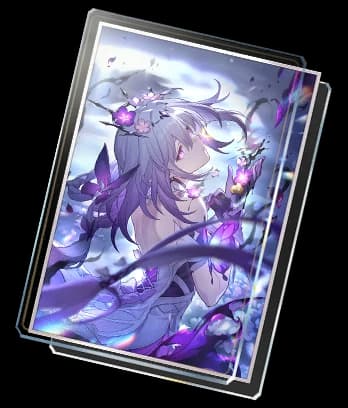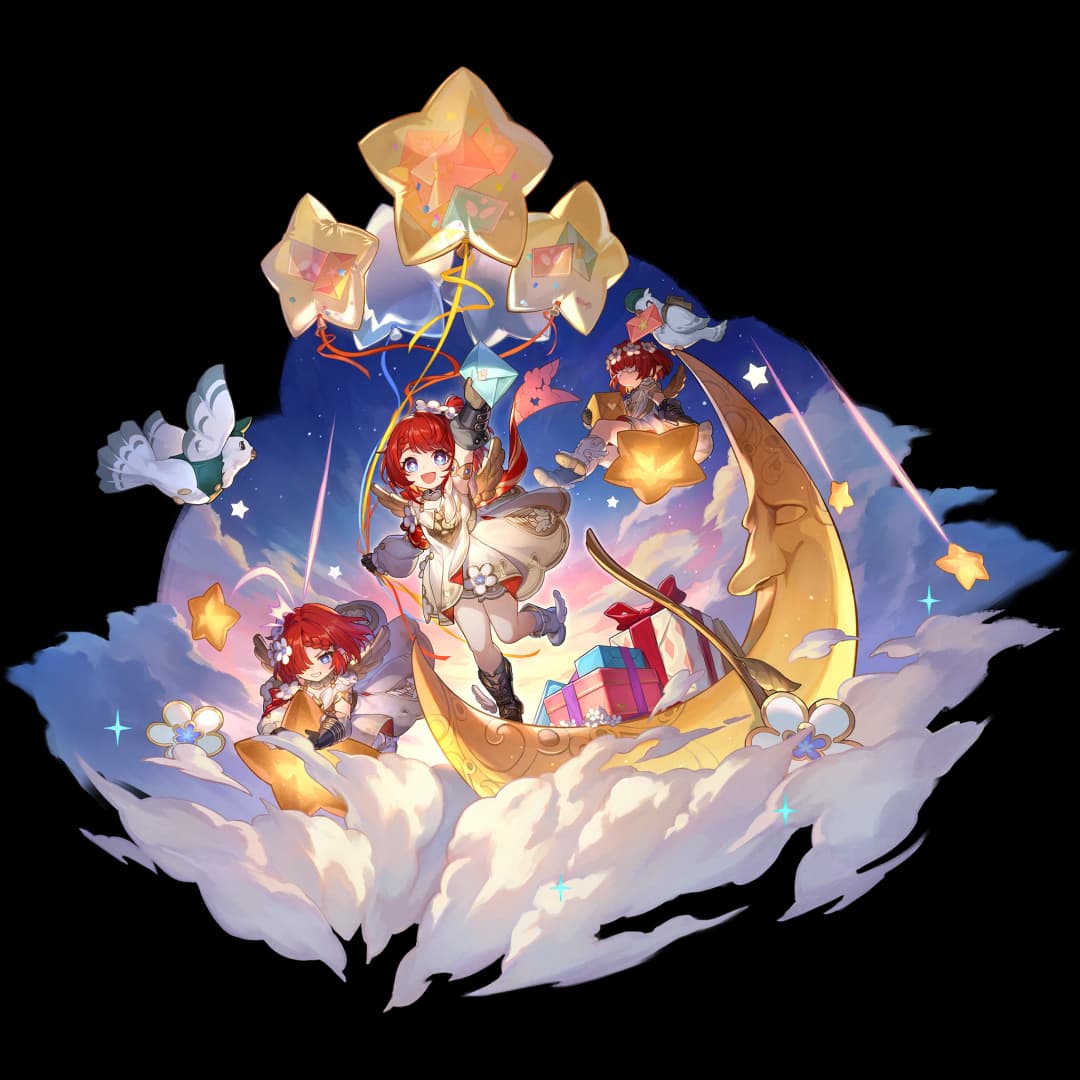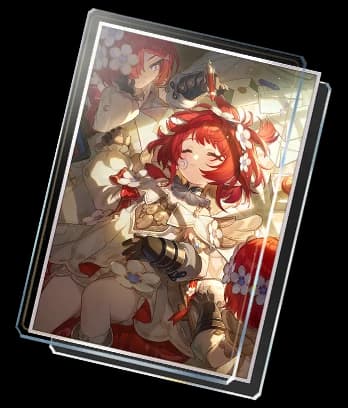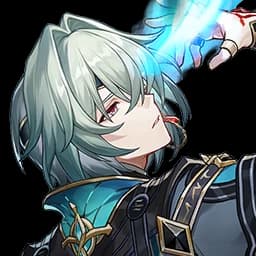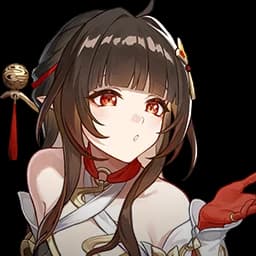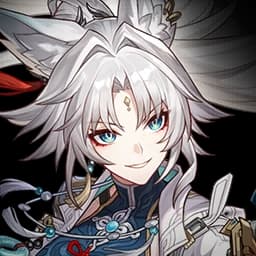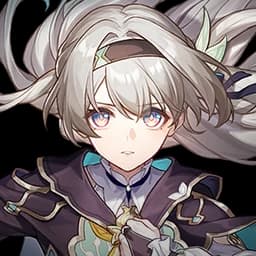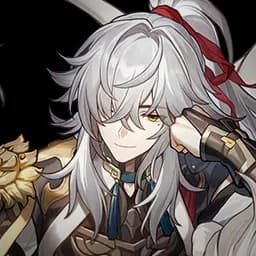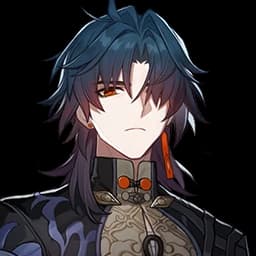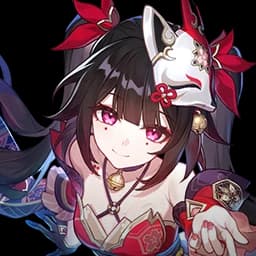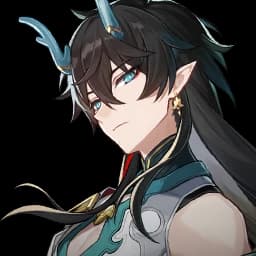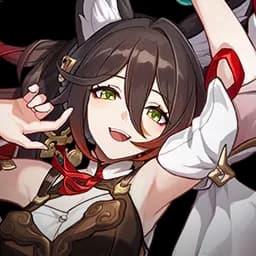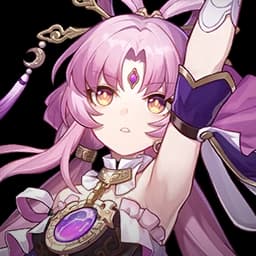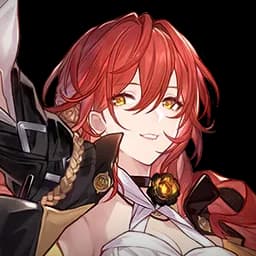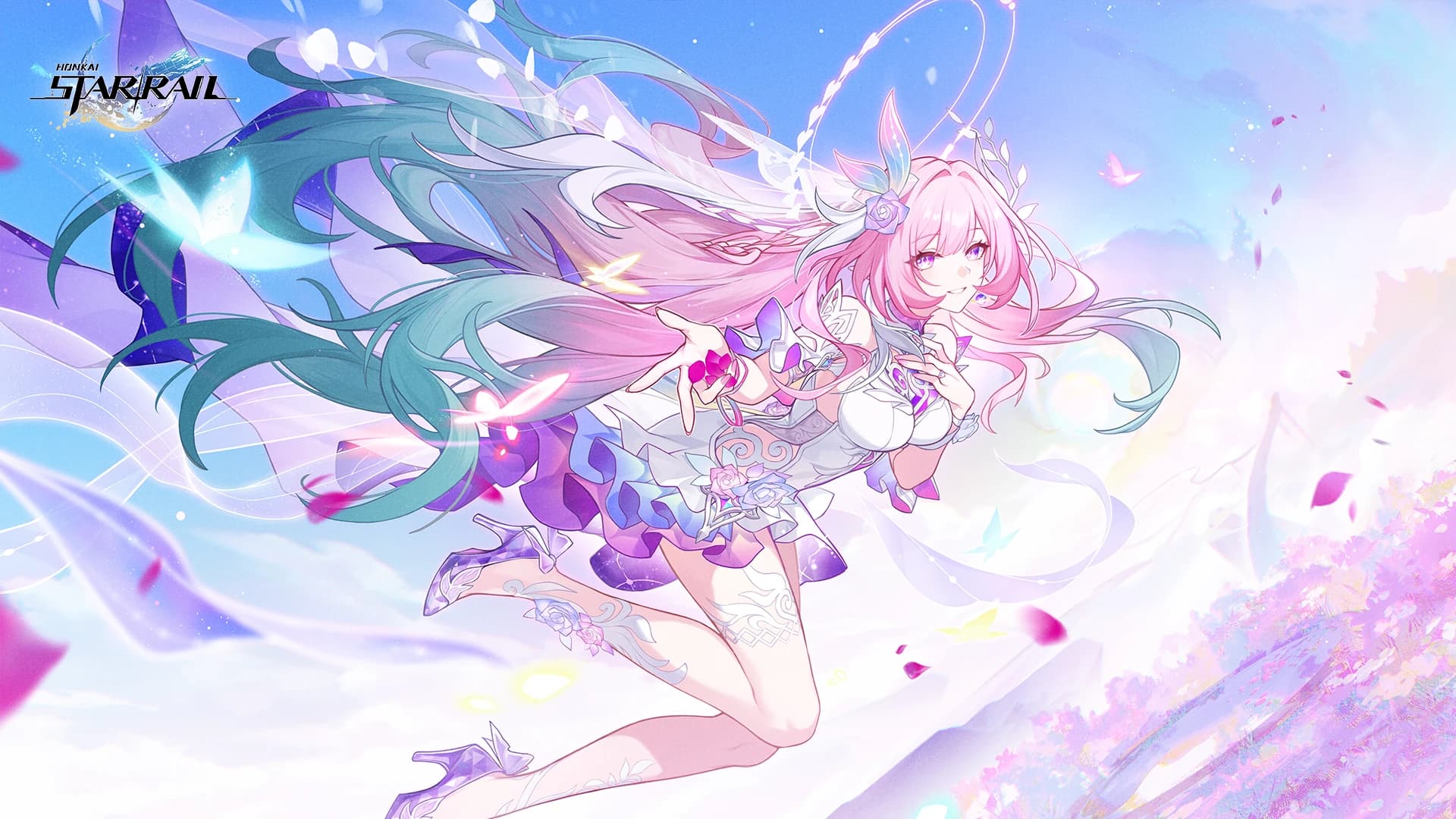
HSR Tier List - Honkai Star Rail Character Rankings v3.7
Updated HSR Tier List Rankings & Team Compositions
The most up-to-date HSR tier list for version 3.7. Discover the best HSR characters with comprehensive tier list rankings and optimal teams for Apocalyptic Shadow, Pure Fiction, and Memory of Chaos.
Current Banners & Resources
Version v3.7 - As Tomorrow Became Yesterday
(with Express Supply Pass + Nameless Glory)
HSR Tier List Ranking
Rating Rules
- •Endgame/high-difficulty only: Memory of Chaos (MoC), Pure Fiction (PF), Apocalyptic Shadow (AS).
- •Tiered output with half-tiers (e.g., T0.5) for boundary/breakpoint clarity.
- -MoC: ability to hard-secure key floors (e.g., 12F) with stable clears.
- -AS: reliability under harsh mechanics; single-target & Break value (e.g., enabling "no-damage" clears).
- -PF: waveclear efficiency, AoE hit frequency, multi-wave handling.
- -Presence of hard-locked partners/signature supports; whether the unit is mandatory for a comp.
- -Breadth & replaceability: employability across multiple meta teams; ability to serve as a substitute.
- -If partner ecosystem is narrow or the unit is no longer mandatory in its core archetype, adjust downward.
- -Survival/utility: teamwide shields, healing, mitigation, cleanse—overall fail-safe quality.
- -Rotation/tempo: turn advance, team buffs, energy & action economy health.
- -Damage model: effectiveness ceilings of AoE/Detonation/DoT/Follow-up/Single-target per mode.
- -Baseline usability: does E0 already meet "can carry / can secure" standards?
- -Jump conditions: needs E1/signature/high Eidolons to take off; runs stably without dedicated supports?
- -Archetype-level buffs/nerfs directly shifting tiers.
- -Short-term rises/falls from current environment boons/counters—apply cautious uprating.
- •A) Versatility/Replaceability: broad plug-in value/substitution prioritised; narrow ecosystems deprioritised.
- •B) Safety & Fail-safe: units enabling hard-secure/no-damage clears prioritised.
- •C) Low-investment/Newcomer View: overperforming in PF/open world/Simulated Universe with minimal cost moves up within tier.
- •D) Ecosystem Risk: no longer mandatory in a core archetype or generally poor employability moves down.
- •E) Patch Volatility & Confidence: newly released or environment-sensitive units are flagged "to be observed/low confidence" and rated conservatively.
Best HSR Team Compositions
Frequently Asked Questions
How often do you update? Where does the data come from?
Our HSR tier list is updated with each game version update, approximately every 6 weeks. We also perform temporary updates when new characters are introduced or significant game mechanics changes occur.
For data sources, we comprehensively analyze real-world performance across three major modes: Memory of Chaos (MoC), Pure Fiction (PF), and Apocalyptic Shadow (AS). We reference full-star clear data and team compositions, evaluate character adaptability across different team systems, and consider performance fluctuations under varying version mechanics. All ratings are assessed by an experienced team of players.
How should I understand your evaluation criteria?
Our evaluation involves multiple dimensions including character configuration, team composition, and investment requirements. To ensure consistency and fairness, we have established detailed evaluation rules. If you want to understand specific evaluation standards, please check our Rating Rules section for complete explanations.
Do you consider 'usage rate'? Will it be biased by popularity?
Our ratings prioritize objective character strength, team adaptability, and mode performance. Usage rate data serves as a reference but is not a decisive factor, as some niche yet powerful characters may be underestimated due to lower awareness. Ratings are completely unaffected by character popularity, appearance, or story prominence.
Specifically, our rating basis consists of: real-world data (full-star clear rate, clear speed, applicable scenarios), theoretical calculations (damage expectation, resource efficiency, team system completeness), and version adaptability (alignment with current version mechanics). We reassess all characters with each version update—new characters do not receive inflated ratings simply for being 'new,' and old characters maintain their ratings if they remain strong.
How to read the Overall/Mode-specific rankings? What to look for in MoC, PF, and AS?
The Overall Strength ranking displays a character's average performance across all three modes, suitable for players who want to quickly understand a character's overall strength—especially recommended for newcomers.
Mode-specific rankings target different characteristics: Memory of Chaos (MoC) focuses on single-target boss battles, requiring high-burst single-target damage dealers and damage amplification supports; Pure Fiction (PF) emphasizes group enemy clearing, demanding powerful AOE capabilities; Apocalyptic Shadow (AS) features dual-boss hybrid combat with complex mechanics, better suited for versatile all-around characters.
Usage recommendations: If you're stuck in a specific mode, check the corresponding ranking to strengthen your team; if you want to build a jack-of-all-trades character, prioritize those with high overall rankings and strong performance across all three mode-specific rankings; if you're a pulling enthusiast, prioritize new characters with T0 and T0.5 overall rankings. Note that some characters excel in a single mode but have lower overall rankings—for example, Herta excels in Pure Fiction but performs moderately in Memory of Chaos and Apocalyptic Shadow.
What do T0/T1/T2 mean? What are the tier standards?
We use Tier brackets to denote character strength levels:
• T0: Extremely high strength, excellent value retention, version meta-defining characters
• T0.5: Strong in current version, considerable strength, solid performance
• T1: Decent strength, serviceable
• T2: Has some strength but non-mainstream positioning or transitional role
• T3: Mid-tier strength, can be selectively invested
• T4 and below: Not recommended for investment or pulling unless for favorites
We use this tiering system rather than traditional S/A/B to more precisely reflect the gaps between characters. For example, T0.5 sits between T0 and T1, indicating 'close to top tier but not quite there.' Overall rankings consider a character's holistic performance across three modes, while mode-specific rankings focus on strength in individual modes.
How should low-Eidolon/F2P players use this tier list?
For low-Eidolon and F2P players, the core principle when using this HSR tier list is: prioritize building complete teams, as a full system significantly boosts strength. Don't fixate solely on individual character rankings—consider team completeness. For instance, pulling multiple T0 DPS units but lacking supports may still result in low damage output; conversely, prioritizing a complete 'Main DPS + Support + Sustain' team will be more effective than simply chasing high-ranked characters.
F2P players are recommended to prioritize versatile supports and full-mode strong damage dealers to establish stable team systems. Some 4-star characters at max Eidolons are also competitive with low-Eidolon 5-stars and worth investing in. If you already have complete teams and the new character isn't a version-breaking T0, consider waiting for reruns to save Stellar Jades.
Who is this tier list suitable for?
This HSR tier list is suitable for all players. Newcomers can understand overall character strength to guide pulling decisions; casual players can quickly identify characters worth investing resources in; endgame players can reference mode-specific rankings to strategically strengthen teams; low-spenders and F2P players can avoid pulling underperforming characters and optimize resource allocation; data enthusiasts can make precise comparisons based on rankings.
Usage recommendations for different player types: Beginners should focus only on Overall T0-T1 rankings, prioritizing completion of one team; casual players should check the overall ranking plus mode-specific rankings for their weak areas to patch gaps; endgame players should review all three mode-specific rankings to configure specialized characters for each mode. For players with favorite characters, you can also build supporting systems around those favorites to maximize their value—tier lists are merely references, and gameplay experience matters equally.
Do character performances vary significantly across different game modes?
The variance is extremely significant, which is precisely why we provide mode-specific rankings. Different characters may perform drastically differently across modes. For example, Herta performs excellently in Pure Fiction (PF), excelling at group AOE, but struggles against single-target bosses in Memory of Chaos (MoC) and Apocalyptic Shadow (AS), resulting in an overall T2 ranking—yet she can function as a T1 character in Pure Fiction mode.
Take another example: Feixiao performs outstandingly in Apocalyptic Shadow with good mechanic alignment, but performs relatively moderately in Memory of Chaos and Pure Fiction. If you're specifically stuck in Apocalyptic Shadow, Feixiao is an excellent choice. In contrast, characters like Tribbie who rank top in all three modes are truly versatile T0 characters and most worth pulling.
It's crucial to note that all these performances are highly correlated with the specific mechanics of each mode rotation. Therefore, the general principle is: pull new over old, unless filling out team systems. New characters are often better adapted to current version mechanics, while old characters—even former T0s—may decline due to mechanic shifts. Unless you lack a specific role (e.g., healer or shielder), prioritize new characters.
Will version changes/new characters affect old character ratings?
Yes, we update with each version (whenever new characters are introduced). Old character ratings may change for three reasons:
First, impact from new characters. New main DPS may displace old main DPS from team slots, and new supports may provide better damage amplification—for instance, when a powerful support debuts, ratings for similar supports may correspondingly decrease.
Second, version mechanic changes. Memory of Chaos, Pure Fiction, and Apocalyptic Shadow mechanics differ each rotation—for example, one rotation may emphasize Weakness Break, another may favor Break Effect. Some characters excel under specific mechanics but perform mediocrely when rotations change. For instance, when Apocalyptic Shadow emphasizes Imaginary DMG, Imaginary characters' ratings temporarily rise.
Third, environmental meta shifts. When players discover powerful combinations, related characters' ratings increase; when certain counter-relationships weaken, character ratings decrease.
Our update mechanism: comprehensive reassessment of all characters during major version updates; localized adjustments to related characters when new characters debut; temporary hotfix updates when game mechanics undergo significant changes. We recommend rechecking the HSR tier list after each version update to avoid making decisions based on outdated information.
